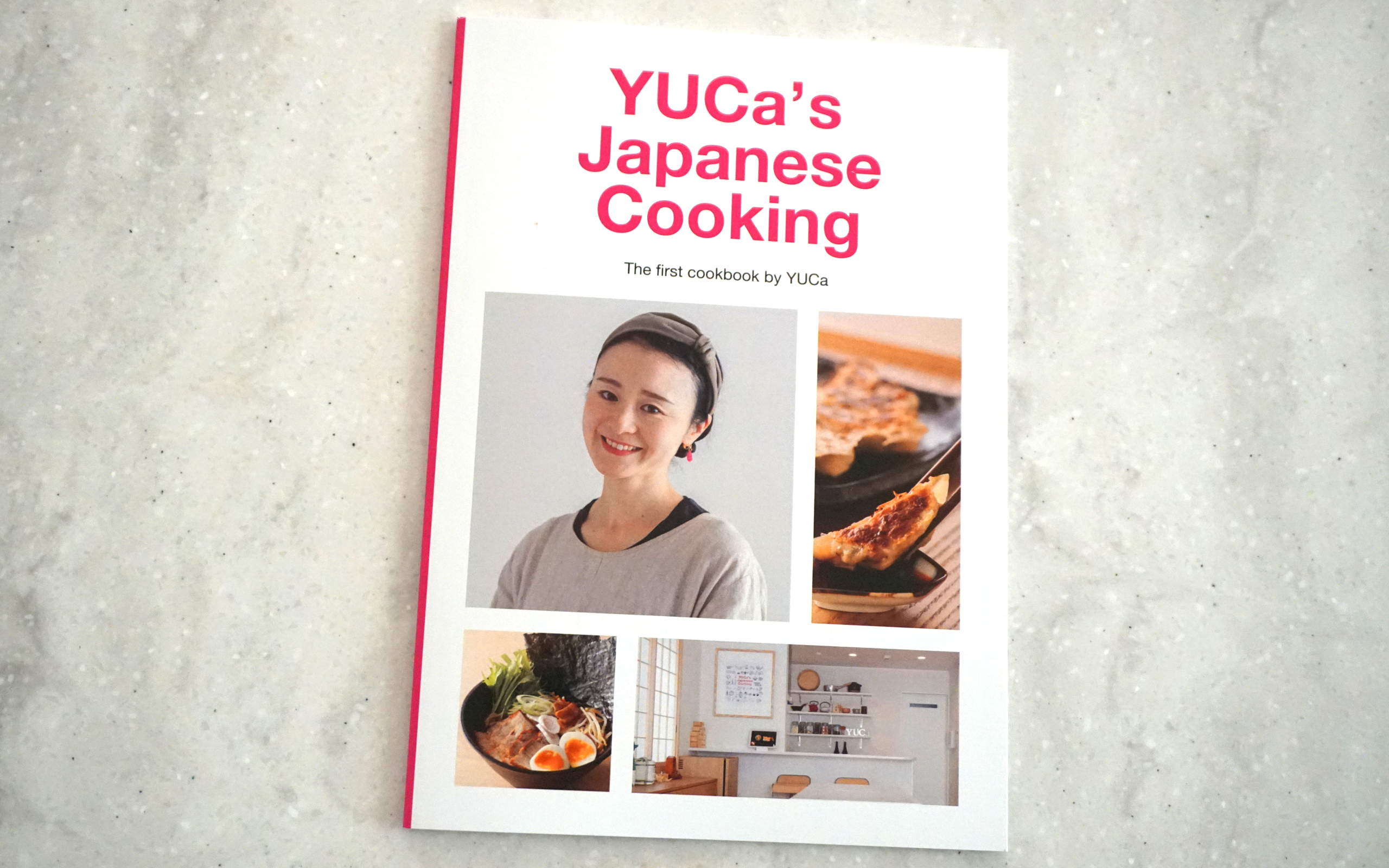Basic ingredients for Japanese Cooking
Dashi (だし):The most basic broth on which much of Japanese food is based. Umami rich ingredients like kelp (Kombu), Bonito flakes, dried sardines and dried shiitake mushrooms are all key ingredients to make Dashi. For more about Dashi, please read this page!
Soy sauce (醤油): A primary seasoning of washoku. Traditionally steamed soybeans and roasted wheat are mixed with koji mold and salt, and fermented for several months or longer.
Types of soy sauce:
Koikuchi (濃口) : Dark color soy sauce. The most popular type in Japan.
Usukuchi (薄口) : Lighter color than koikuch. Normally saltier. Convenient to highlight the color of food. It is popular in the Kansai area.
Tamari (たまり) : A little bit sweet. Normally Gluten-free. Often served with sashimi. The taste is more intense and rich in umami with a thicker mouth feel.
Sake (日本酒): A national alcohol beverage of Japan. It is delicious and flavorful as a beverage, and also very handy in cooking. Sake can remove unwanted odor like fishiness, soften texture of food and increase umami. Can be drunk hot or cold.
Recommend:
Purchase Nihonshu (日本酒)or Seishu (清酒) from the sake section. As with wine, if you cook with sake, the food will naturally pair well with sake. There are several grade in Sake, I recommend Junmaishu (純米酒) or upper.
Mirin (みりん): A sweet cooking liquid with around 14% alcohol and is made with sticky rice, koji and added distilled alcohol such as shochu. Mirin helps to create a dish with deep and complex taste, because the alcohol has an ability to penetrate into food together with other flavor elements. It also helps to tenderize, sweeten and glaze food to give a beautiful shine.
Or, heat two parts sake and one part sugar
Mirin is an ingredients of Toso(屠蘇), spiced medicinal sake that is drunk during the New Year celebration to ward off illness.
Recommend:
Purchase high-quality hon mirin (本みりん) which usually has orange color. It is sweet, but mellower than sugar.
Vinegar (酢): Made from sake rice, Tane koji (seed molt), water, yeast, rice vinegar and acetobacter. Vinegar is very delicate product and should be added toward the end of cooking or it loses its aroma. Vinegar, too, can help cleanse the aromas of fish. Rice wine vinegar, rice vinegar (komezu) is the preferred vinegar in Japan. It is milder and sweeter than other types of vinegar. Rice vinegar is used in many dishes, such as sushi rice and Japanese-style quick pickles, and meat dishes to reduce fattiness.
Miso (味噌): An important seasoning in washoku and also an essential ingredient in miso soup. A rich savory paste from fermented food made from soy beans, salt and grain (usually rice or barley). Red miso (Aka miso) is dark and high in protein and salt. White miso (Shiro miso) is milder and sweeter and suitable for dressings. Medium (Awase miso) is all-purpose, being a mix of red and white miso. Mame miso is made with soybeans (mame) only (popular in Nagoya). If rice (kome) is added, it is called kome miso, the most common type. With barley (mugi), it is called mugi miso (popular in Kyushu). For more about miso, please read this article.
Other common pantry items:
Yakumi (薬味): Herbs and spices called yakumi can play a major role in elevating delicious flavor of washoku, which tend to consist of only a few ingredients. Yakumi also offers heatlhy benefits such as boosting appetite and helping digestion. Vegetable yakumi includes shiso, wasabi, sansho and togarashi. There are fruit yakumi, such as umeboshi (pickled plum), yuzu and sudachi citrus. Fish can be yakumi, e.g. bonito flakes and sakura shrimp.
Wasabi (わさび): Japanese horseradish, available grated and in tubes; look for products that are one hundred percent wasabi, often labeled “hon wasabi”.
Yuzu Kosho (柚子こしょう): A salty and spicy paste made from salt, yuzu rind and chili peppers.
Yuzu (柚子): The skin of aromatic citron; a popular condiment, it is available freeze-dried.
Shichimi (七味): A blend of seven spices, often including dried red chili pepper, dried yuzu peel, ao nori, hemp seeds, sesame seeds, white poppy seeds, and Sansho peppers. Blend vary; often served with noodles such as udon.
Ichimi (一味): Dried red chili pepper (togarashi), also called ichimi togarashi.
Katakuriko (片栗粉): A starch originally made from dogtooth violet, it is more commonly found made from potatoes. Used to thicken sauces, it is similar to cornstarch but with a finer texture.
Goma Abura (ごま油): An aromatic sesame oil used for its aroma and nutty flavors.
Memo :
1. Are you looking for Japanese kitchenwares and seasonings etc? Visit YJC store on Amazon!
2. Would you like to cook many more recipes? Download Free recipe app from here! “Recipe by YJC”
* Reference of this article : Food Sake Tokyo (The Terroir Guides)










